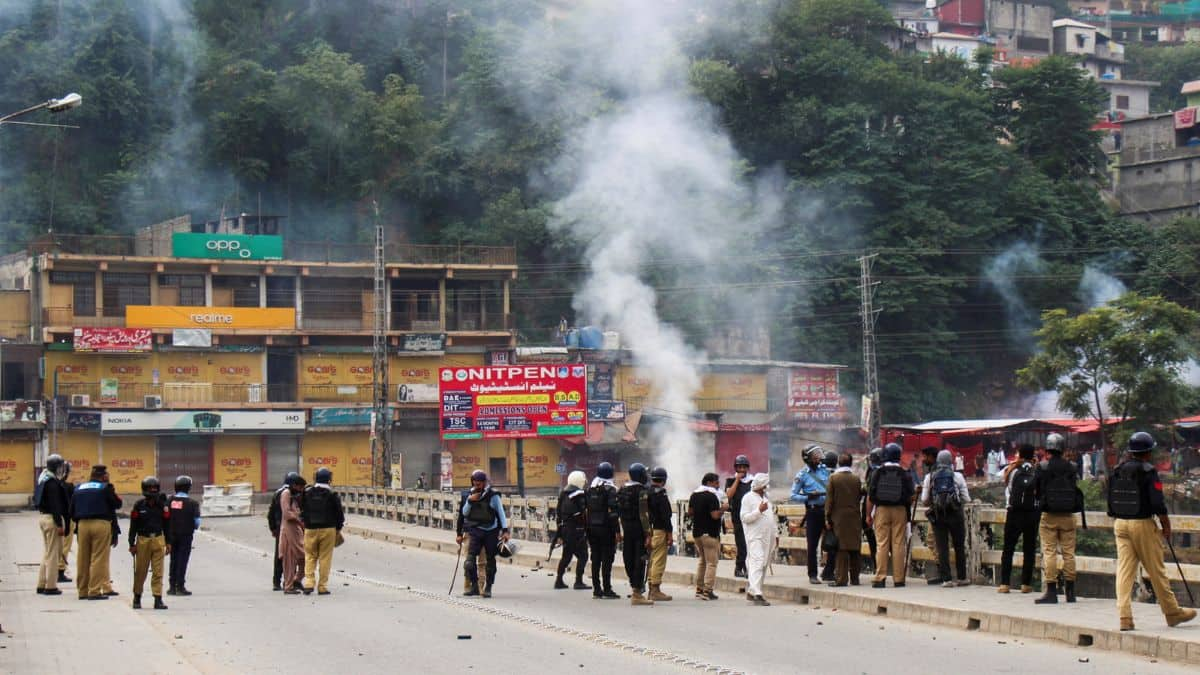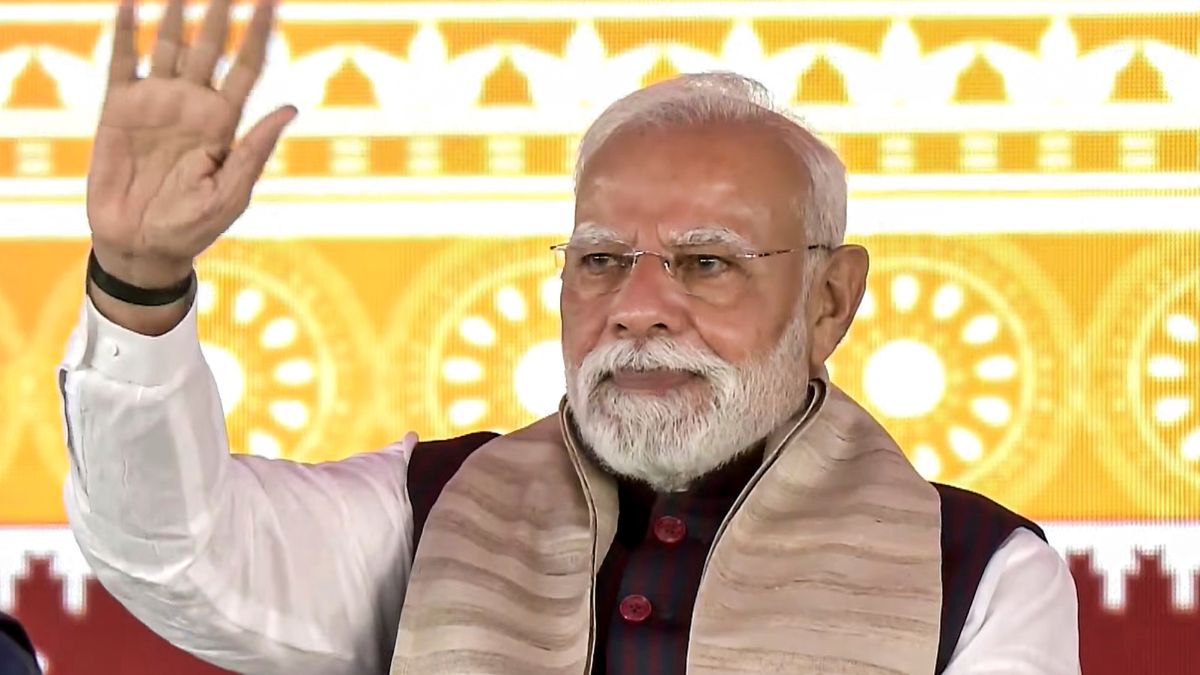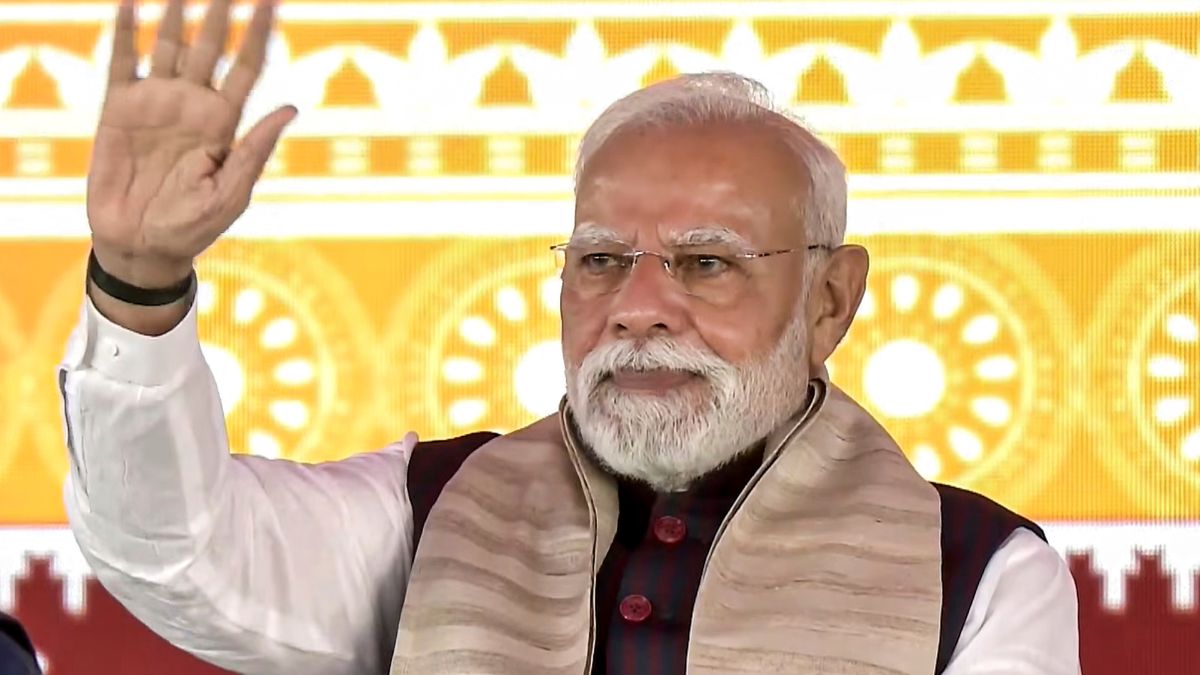The guns have fallen silent in Gaza, but silence is not peace. What we are witnessing is a brief intermission before approaching storms. The ceasefire that the international community celebrates is one without architecture — a fragile pause lacking the scaffolding of verification, enforcement, or political direction. It may buy time, but it does not build trust. There is no roadmap, no monitoring system, and no binding commitment to move from cessation of hostilities to a durable peace. Those are the essentials whenever the UN seeks to broker peace. Many of us have experienced it first-hand.
Gaza’s ceasefire denotes stabilisation, not peace — a pause to manage conflict, not resolve it. Without a political horizon, such calm breeds fatigue, not faith.
The Abraham Accords and the Irrelevance Doctrine
The Abraham Accords tried to build regional peace by sidelining the Palestinian issue. They rested on the belief that the cause had lost relevance and that normalisation could proceed without resolution. That illusion helped set the stage for October 7.
Hamas’s attack, indefensible in its brutality, was born of desperation for visibility, not victory. As the world looked away, it forced attention back to Gaza — tragically, through terror. Its moral, not military, outcome now fuels its continuing relevance.
The Ceasefire Without Architecture
The ceasefire that followed months of devastation is precarious. It lacks monitors, a separation force, or any neutral verification mechanism. No impartial presence exists to record breaches or enforce compliance. Both sides trade accusations, and violations have already claimed new Palestinian lives. Without deterrence or observation, a ceasefire becomes an act of faith — and faith is scarce.
Impact Shorts
More ShortsHumanitarian aid, meant to be the moral centre of recovery, remains politicized. Access to food, fuel, and medicine still depends on discretion. Crossings such as Rafah and Kerem Shalom function irregularly, and aid flows are inconsistent. Turkey’s offer to coordinate logistics is promising, but the structure to deliver it is missing. The result is an operation constrained by politics, not driven by compassion.
A true ceasefire needs architecture — guarantees, oversight, and direction. What exists now is improvisation: no endpoint, no sequencing of reconstruction, and no credible vision for governance.
The Disarmament Illusion
Disarming Hamas is among the stated goals of peace, but without enforcement or trust it remains a fantasy. Armed movements built on ideology rarely surrender arms; they are symbols of identity and survival.
History bears witness. When the LTTE agreed to disarm in Jaffna, General K Sundarji, then India’s Army Chief predicted three days. It never happened. Hamas may not hand weapons to the Israel Defence Forces — that action is probably perceived as self-erasure. Only a neutral, empowered peace enforcement mission could make disarmament credible. None exists, and the UN’s silence on the matter is telling.
The Tactical Pause for Hamas
For Hamas, the ceasefire is a tactical pause. Its structures are shattered but its idea of resistance survives. Leadership will regroup and wait out time.
Hezbollah is weakened, Iran constrained, and sympathy shallow, yet Hamas endures — because in asymmetric wars, survival equals success. Gaza’s tragedy is that the force that brought destruction still owns the symbol of defiance.
The Leadership Vacuum
The people of Gaza are exhausted, disillusioned, and leaderless. Hamas has lost legitimacy through the scale of its actions and the suffering that followed. The Palestinian Authority is viewed as ineffective and distant. What Gaza needs is new, indigenous leadership — a younger generation that can transcend ideology and focus on rebuilding lives. Yet this leadership is nowhere in sight.
Some suggest importing leadership from the diaspora — educated Palestinians with international exposure and managerial skills. But imported leadership is rarely viable. Those who did not endure the siege, displacement, and bombardment will not be accepted by those who did. Suffering is now a credential, and anyone without it will be vilified. The moral legitimacy to lead Gaza can come only from within Gaza. Until such leadership emerges, governance will remain fractured, and the peace process will remain orphaned.
Israel’s Dilemma and Regional Fatigue
Israel stands militarily dominant but politically cornered. It may have degraded Hamas’s visible capabilities, yet it has lost much of its moral high ground. The international community increasingly questions its proportionality and long-term intent. Domestically, Israeli politics remain polarised; Prime Minister Benjamin Netanyahu’s political survival depends on appearing uncompromising.
Regionally, traditional anchors of Arab influence are weakened. Saudi Arabia, once poised to normalise ties with Israel, has turned inward, seeking new partnerships and symbolic reassurance — including outreach to Pakistan. Iran’s proxies are frayed, and Hezbollah is overextended. Yet unpredictability remains high. Many wonder how Hamas built such an extensive defensive system in Gaza under the watch of one of the world’s most capable intelligence and reconnaissance networks. That unanswered question continues to haunt Israel’s security establishment.
The UN’s Moment, if It Chooses It
The UN has an opportunity — and a responsibility — to reassert its role in peace maintenance. Two long-standing UN forces already operate in the region: the United Nations Disengagement Observer Force (UNDOF) on the Golan Heights and the United Nations Interim Force in Lebanon (UNIFIL). Both have, despite limitations, kept their sectors largely stable for decades. A similar presence, even if limited and symbolic, could lend accountability to Gaza’s ceasefire.
Yet, as of now, no such initiative is being seriously discussed. The absence of a UN-led or multinational stabilisation force leaves Gaza’s ceasefire without a spine. If the UN wishes to reclaim credibility in conflict resolution, this is the theatre to do so.
The Missing Horizon
The greatest weakness of the current peace process is that it is not a peace process at all. It is a management effort devoid of political imagination. The two-state solution — once the accepted international consensus — is now absent even from diplomatic vocabulary. Without it, all initiatives are temporary. Ceasefires, aid convoys, and reconstruction projects are tactical instruments, not strategic resolutions.
The world seems to be addressing Gaza as a humanitarian emergency rather than a political crisis. That distinction matters. Humanitarian action can save lives, but only political vision can secure them. Until there is a defined destination — a legitimate Palestinian polity and an assured Israeli security framework — this cycle of violence will keep repeating.
The Architecture of Absence
The world wishes to see a stable Middle East. That hope is understandable but detached from reality. The disarming of Hamas is unworkable without enforcement, leadership renewal is still distant, and the regional order remains brittle.
Stabilisation without a solution is merely conflict deferred. Unless international actors — particularly the UN and the major regional powers — act with urgency to provide structure, verification, and political purpose, this fragile calm will dissolve. The people of Gaza, having endured unimaginable suffering, deserve more than temporary silence. They deserve an architecture of peace that can stand.
An Indian Role
India’s rare position — trusted by Israel, respected across the Arab world — offers it diplomatic space few others enjoy. Its earlier service with the UN Force in Gaza gives historical continuity to a renewed peacekeeping or reconstruction role. India could quietly advocate for an international stabilisation mechanism and contribute to rebuilding civic infrastructure, reflecting its larger vision of regional stability through development.
The writer is a member of the National Disaster Management Authority. Views expressed in the above piece are personal and solely those of the author. They do not necessarily reflect Firstpost’s views.


)

)
)
)
)
)
)
)
)



